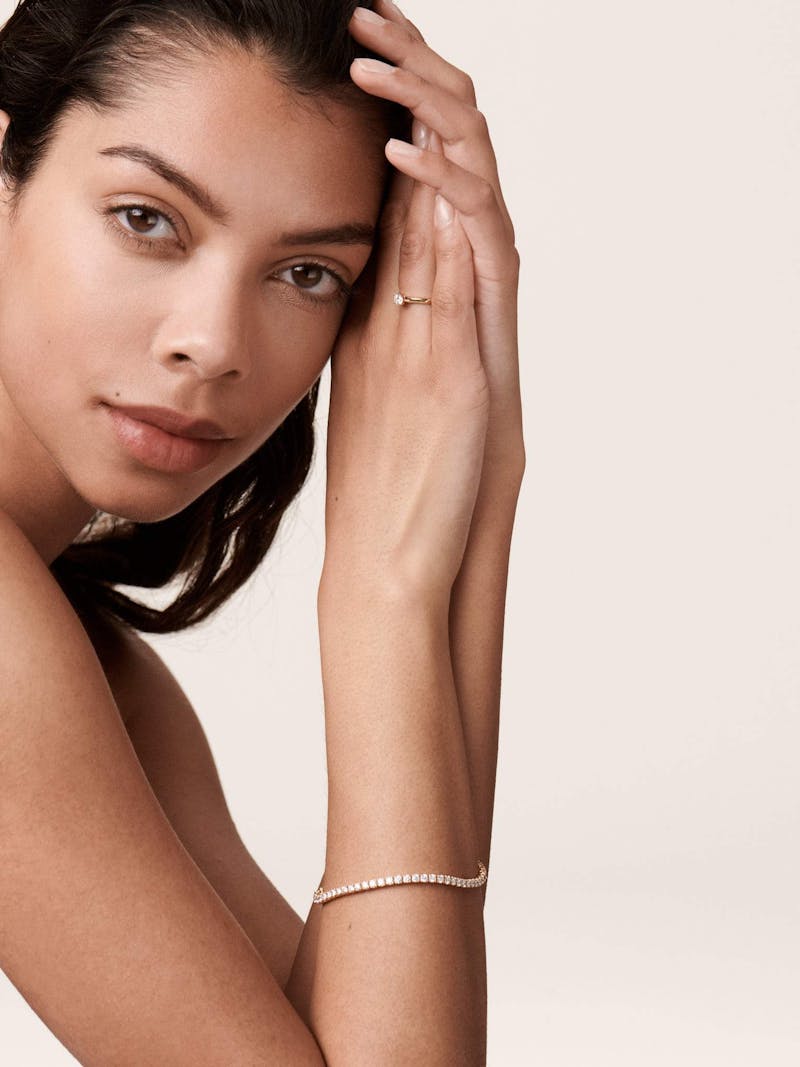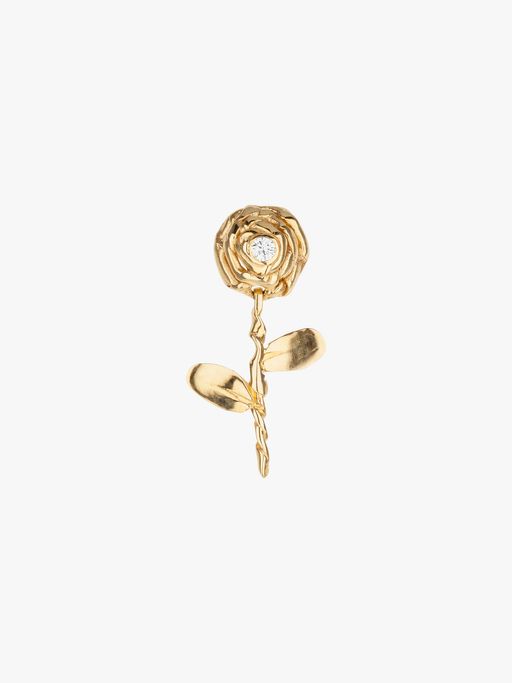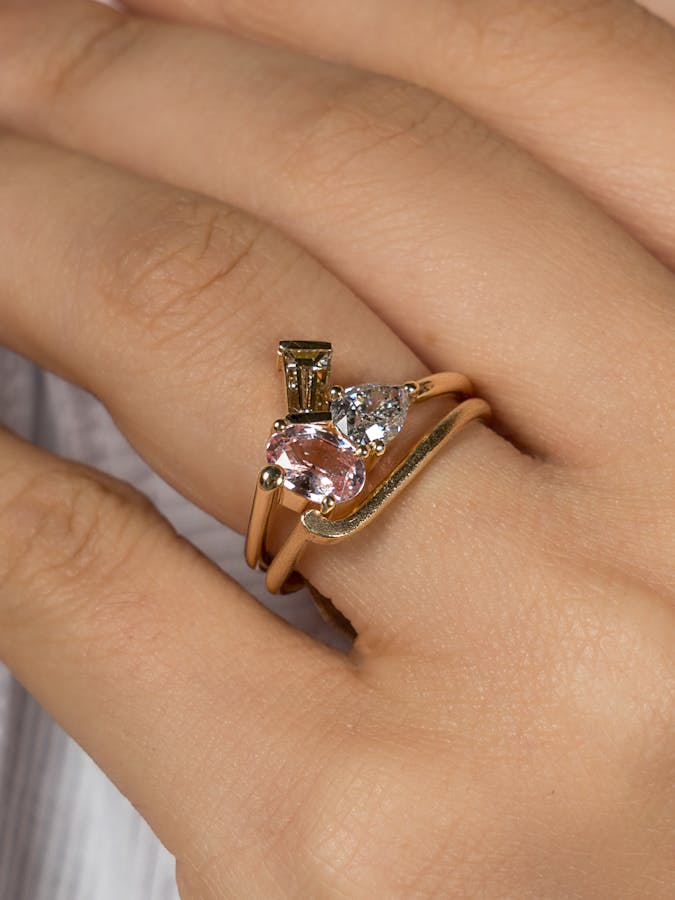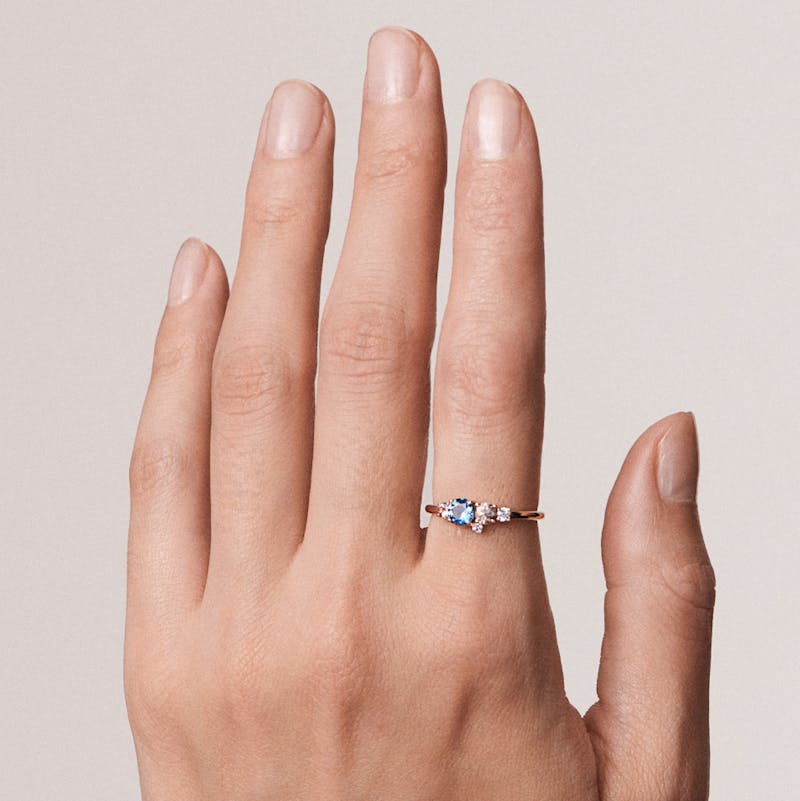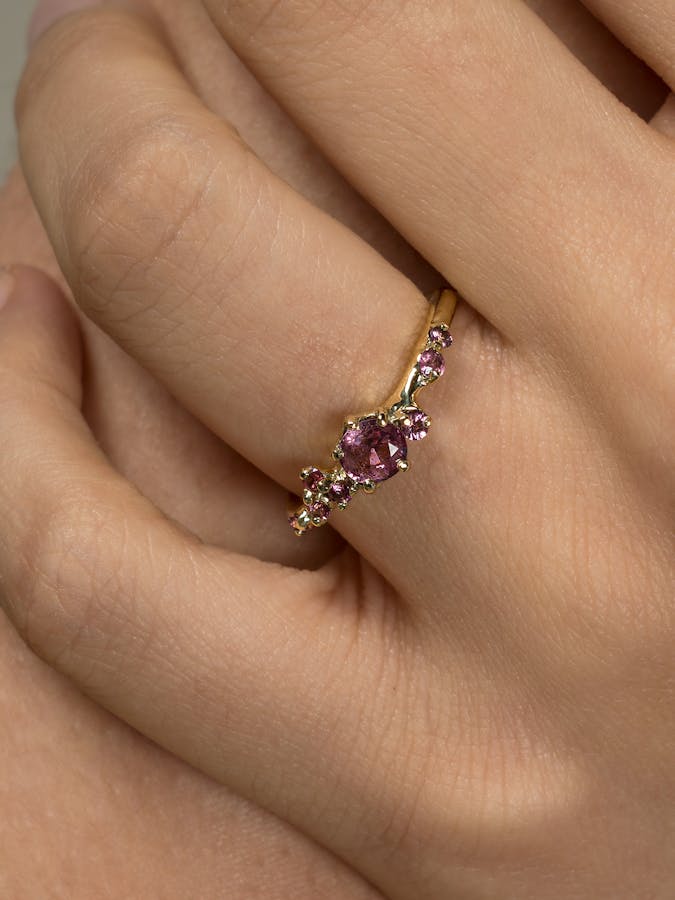Find your perfect diamond piece
What to consider when buying diamonds
Diamonds are natural wonders, formed billions of years ago deep within the Earth. With natural diamonds formed like this, each diamond is unique and a result of time and place. The universal method for describing the quality and value of a diamond is called the 4Cs of Diamond Quality. It stands for Colour, Clarity, Carat and Cut. A diamond’s beauty comes from both nature and human touch; nature creates rough diamonds, humans cut them, and the quality grading take both into account. So, understanding the 4Cs means that you know the quality and value of the diamond you’re about to buy.
Colour
Diamond colour actually refers to the absence of colour in a stone. What we typically call white diamonds are actually colourless diamonds. While a perfect diamond has no hue, it’s extremely rare, and most diamonds have hints of yellow, gray, or brown. For diamond colour grading, the universal standard is the D-to-Z scale, split into five categories: Colourless (D, E, F), Near Colourless (G, H, I, J), Faint (K, L, M), Very Light (N, O, P, Q, R) and Light (S, T, U, V, W, X, Y, Z). Many of the colour distinctions, especially in the colourless category, are so subtle that they are invisible to the untrained eye, but they affect the quality and price of a diamond with a D grading being the absolute finest and most expensive.
Clarity
Natural diamonds are the result of carbon exposed to tremendous heat and pressure deep in the earth, which can result in a variety of internal characteristics called ‘inclusions’, and external ones called ‘blemishes’. Diamond clarity involves determining inclusions and blemishes in a stone and how they affect the appearance of the stone. No diamond is perfectly pure, but the closer it comes to purity, the better its clarity grading and the higher the price. The scale for grading the clarity of a diamond includes: Flawless (FL), Internally Flawess (IF), Very, Very Slight Included (VVS1 and VVS2), Very Slight Included (VS1 and VS2), Slightly Included (SI1 and SI2) and Included (I1, I2 and I3).
Carat
Carat refers to how much a diamond weighs. Generally, diamond prices increase with diamond carat weight because larger diamonds are rarer, but at the same time, two diamonds of equal carat weight can have quite different values depending on the other 3Cs. One carat equals 0.2 grams and is weighed very precisely to the nearest 0.01ct. Diamond prices increase exponentially, not linearly, as diamond weight increases.
Cut
The cut of a diamond is the only parameter that is completely within human control, because cut is determined by the quality of craftsmanship. It should not be confused with the shape of the diamond, as cut refers to the proportion and arrangement of its facets – its amount of brilliance, sparkle, and fire. The grading range include: Excellent, Very Good, Good, Fair and Poor. While all 4Cs are important, the cut is the most determining factor of how a diamond looks to the eye. As diamond expert and designer, Jade Trau, says: “Looking at a diamond from across the room, you are going to want the beautifully cut diamond, even if it’s imperfect over the flawless one with a terrible cut.”
To summarize: While the value of a diamond is based on the combination of its 4C qualities, when shopping for a diamond, and prioritizing your budget, we recommend that you go for a high Cut grading, since this will have the biggest effect on the brilliance and sparkle of the stone.
